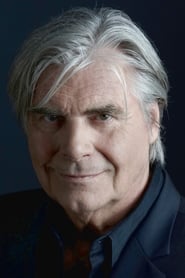

The Magic of Laxenburg(2013)
Between Monarchy and the Modern
The film tells the story of Laxenburg from 13th century, when it was used for hunting and fishing trips by the imperial Habsburg family, to modern day, a popular summer resort and a bustling international community. Today Laxenburg is also home to IIASA, the Austrian Film Archive, and the International Anti-Corruption Academy. The film will also feature these organizations, their history, and the important work they do in the field of research and diplomacy that goes far beyond Austria's borders.
Movie: The Magic of Laxenburg
Top 2 Billed Cast
Narrator (English version)

Der Zauber von Laxenburg
HomePage
Overview
The film tells the story of Laxenburg from 13th century, when it was used for hunting and fishing trips by the imperial Habsburg family, to modern day, a popular summer resort and a bustling international community. Today Laxenburg is also home to IIASA, the Austrian Film Archive, and the International Anti-Corruption Academy. The film will also feature these organizations, their history, and the important work they do in the field of research and diplomacy that goes far beyond Austria's borders.
Release Date
2013-03-30
Average
0
Rating:
0.0 startsTagline
Between Monarchy and the Modern
Genres
Languages:
EnglishDeutschKeywords
Similar Movies
 10.0
10.0Wall of Silence(de)
In the small town of Rechnitz a terrible crime against humanity was performed during the holocaust. Until now, no-one dares to talk about it.
 7.0
7.0Andreas Hofer. Held wider Willen(de)
During the Napoleonic Wars at the beginning of the 19th century, Andreas Hofer became a Tyrolean folk hero. As the head of a resistance movement, he became caught up in a dangerous political game of interests between the French and Austrians, Napoleon and the Habsburgs. After the defeat at Austerlitz, the Habsburgs had to cede Tyrol to the Bavarian kings in 1805. The liberal Bavarians implemented numerous reforms in Tyrol, including religious reforms, which met with resistance from the rural population. The young Archduke Johann wanted to take advantage of their discontent. In Andreas Hofer, the commander-in-chief of the Tyrolean troops, the brother of Emperor Franz I finds a loyal patriot whom he can use for his political moves. The Tyrolean revolt against the French and Bavarians puts Napoleon in a tight spot. In several battles, the rebels succeed in defeating the Bavarian and French troops, but not in defeating them for good.
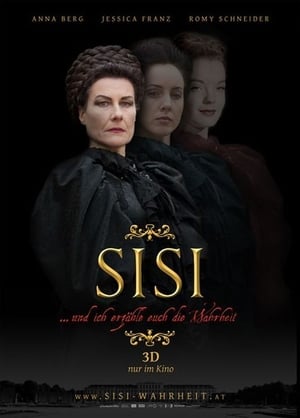 0.0
0.0Sisi... und ich erzähle euch die Wahrheit(de)
September 11, 1898: The imperial family’s personal physician, Dr. Herman Widerhofer, is deeply shocked by the news that an anarchist has assassinated Empress Elisabeth in Geneva. He then shuts himself up in his private rooms and recalls the empress’ fateful life. We learn the truth about Elisabeth, as the doctor knew more about her than anyone else.
 7.0
7.0Tales from the Royal Wardrobe(en)
Today, few people's clothes attract as much attention as the royal family, but this is not a modern-day paparazzi-inspired obsession. Historian Dr. Lucy Worsley, Chief Curator at Historic Royal Palaces, reveals that it has always been this way. Exploring the royal wardrobes of our kings and queens over the last four hundred years, Lucy shows this isn't just a public fascination, but an important and powerful message from the monarchs. From Elizabeth I to the present Queen Elizabeth II, Lucy explains how the royal wardrobe's significance goes far beyond the cut and color of the clothing. Royal fashion is, and has always been, regarded as a very personal statement to reflect their power over the reign. Most kings and queens have carefully choreographed every aspect of their wardrobe; for those who have not, there have sometimes been calamitous consequences. As much today as in the past, royal fashion is as much about politics as it is about elegant attire.
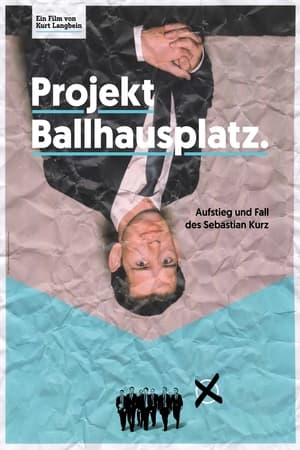 0.0
0.0Projekt Ballhausplatz(de)
How a group of young men managed to take over the government and lead it to the brink of democracy. What drove the “Praetorians” and why almost the entire country was at their feet. Why the European public marveled and admired this.
 5.6
5.6How to Cook Your Life(en)
A Zen priest in San Francisco and cookbook author use Zen Buddhism and cooking to relate to everyday life.
The Cellar Lanes of Lower Austria - Wine Culture and the Pleasures of Life(de)
A Kellergasse – the cellar lane – is one of the distinguishing cultural and physical features of the winegrowing region Niederösterreich – Lower Austria. There are more than a thousand of them. Until recently, wine was not only stored in the Kellergasse, but pressed and fermented there as well. Today, the Kellergassen have less to do with occupation and more with recreation. A documentary by Georg Riha follows a year in the life of this valuable cultural legacy.
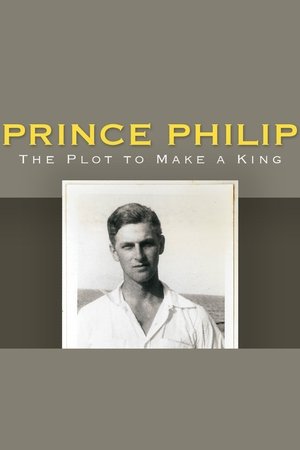 9.0
9.0Prince Philip: The Plot to Make a King(en)
Documentary telling the inside story of the plans by Louis Mountbatten to maneuver his nephew and heir to the Greek throne, Philip, into marrying the future queen Princess Elizabeth and the tensions that that unleashed.
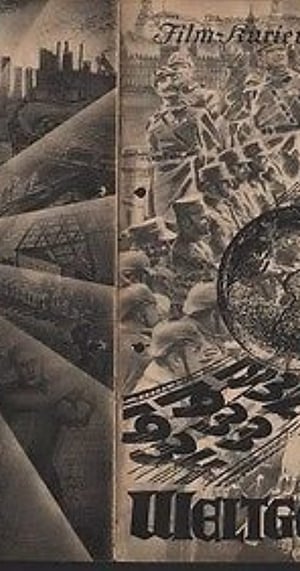 0.0
0.0The First World War(en)
Produced by the Fox Movietone News arm of Fox Film Corporation and based on the book by Lawrence Stallings, this expanded newsreel, using stock-and-archive footage, tells the story of World War I from inception to conclusion. Alternating with scenes of trench warfare and intimate glimpses of European royalty at home, and scenes of conflict at sea combined with sequences of films from the secret archives of many of the involved nations.
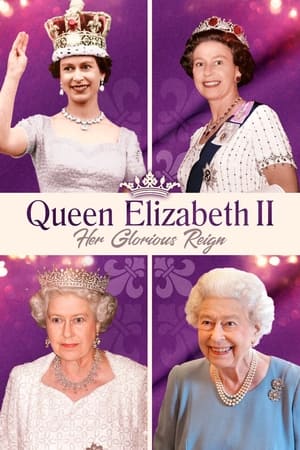 0.0
0.0Queen Elizabeth II: Her Glorious Reign(en)
Queen Elizabeth II is the longest-reigning monarch in the history of Great Britain and the Commonwealth. While her service to her country is legendary, she has become a figure of strength, endurance, and dignity the world over and indeed we all feel connected to her. Through triumph, loss, scandal, and celebration, witness the story of how a young Princess became Queen to the people of the world.
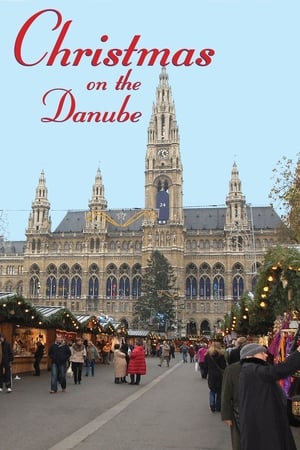 8.0
8.0Christmas on the Danube(en)
This documentary visits cities and towns and captures stunning landscapes along Europe's majestic Danube at Christmastime. Locations covered include Passau, Germany; Salzburg, Oberndorf, the Wachau Valley, and Vienna in Austria; Bratislava, Slovakia; and Budapest, Hungary. Along the way the viewer learns relevant history.
 0.0
0.0War in Vienna(de)
A film about news, life and death. Before the media became so prevalent, we were concerned about our immediate neighborhood. At the end of the day, news was the subject of our conversations, but now it's possible to converse with someone at the other end of the globe. We do it all the time. It's simple. The world has become one big neighborhood. Now Headline News has replaced the back fence. That's the news service of the eigthies. It's a new idea and a new approach.
Citizen Krone, Austria between the Lines(de)
This film journeys deep into the heart of Austria’s favorite daily newspaper, the Kronen Zeitung, the most widely-read paper per capita in the world. The “Krone’s” 2.7 million readers represent 43% of the Austrian press market. A reflection of the Austrian soul, this newspaper serves as a prism through which we can understand the rise of the populist Right in this country and examine the dangerous flirtation between media and politics.
 0.0
0.0Beware Haderer(de)
A staged TV portrait of the Austrian cartoonist Gerhard Haderer; and first collaboration with Maria Hofstätter.
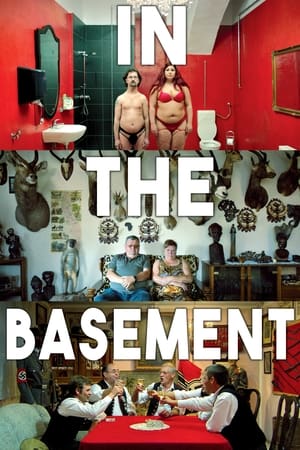 6.3
6.3In the Basement(de)
Filmmaker Ulrich Seidl explores of the dark underside of the human psyche by entering Austrian basements fitted out as private domains for secrets and fetishes.
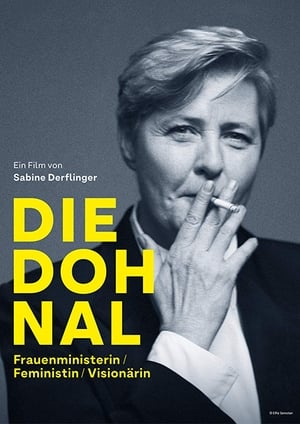 10.0
10.0Johanna Dohnal - Visionary of Feminism(de)
Johanna Dohnal, whose political career spans three decades, was one of the very first explicitly feminist politicians in Europe. As a member of the Austrian socialist government and the first Austrian minister for Women’s Affairs from 1990 to 1994, Dohnal was responsible for founding Austria’s first women’s refuge as well as criminalizing of marital rape. Yet her legacy remains yet to be discovered and re-examined. DIE DOHNAL makes a first step, and it makes Dohnal come alive.
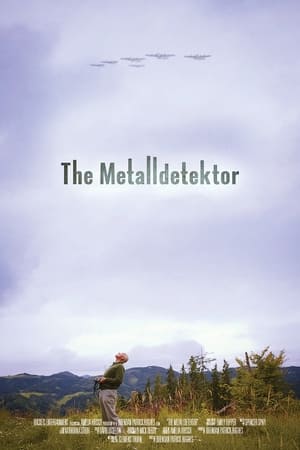 0.0
0.0The Metal Detector(en)
Georg is an Austrian retiree whose mother witnessed the crash of an Allied B-17 near their home during World War II. When he takes up metal detecting to find the wreckage, a growing fascination leads him to embark on a heartfelt mission, not only to research the backgrounds of the American crewmembers who parachuted off the plane into enemy territory, but to locate their descendants, to bring them to his Austrian town on the 75th anniversary of the crash, to introduce them to the townspeople who helped their fathers, and to unite his town in remembrance. It’s a story of empathy, resilience, and the enduring power of human connection.
